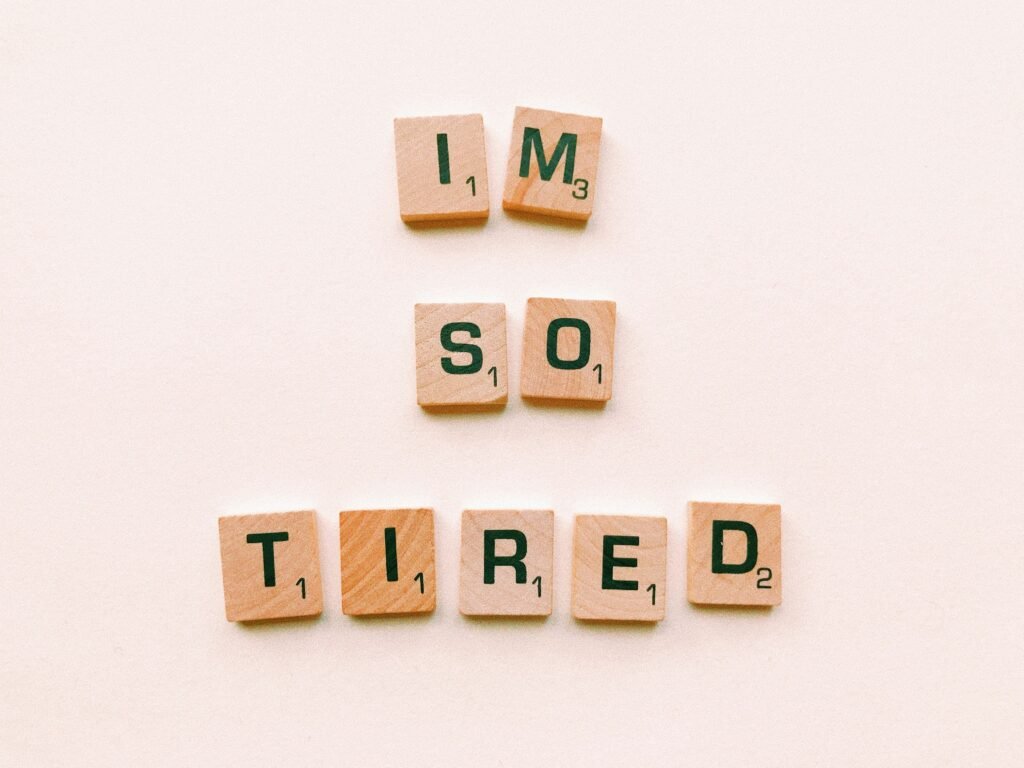- Unbreaking The News
- Work
- Life
- Lifestyle
- HumanityDiscover the latest trends, style tips, and fashion news from around the world. From runway highlights to everyday looks, explore everything you need to stay stylish and on-trend.
- Mental HealthStay informed about health and wellness with expert advice, fitness tips, and the latest medical breakthroughs. Your guide to a healthier and happier life.
- Science & Tech
- Literature
- About Us
- Unbreaking The News
- Work
- Life
- Lifestyle
- HumanityDiscover the latest trends, style tips, and fashion news from around the world. From runway highlights to everyday looks, explore everything you need to stay stylish and on-trend.
- Mental HealthStay informed about health and wellness with expert advice, fitness tips, and the latest medical breakthroughs. Your guide to a healthier and happier life.
- Science & Tech
- Literature
- About Us
Now Reading: My Invitation to the Wellness Table
-
01
My Invitation to the Wellness Table
- Unbreaking The News
- Work
- Life
- Lifestyle
- HumanityDiscover the latest trends, style tips, and fashion news from around the world. From runway highlights to everyday looks, explore everything you need to stay stylish and on-trend.
- Mental HealthStay informed about health and wellness with expert advice, fitness tips, and the latest medical breakthroughs. Your guide to a healthier and happier life.
- Science & Tech
- Literature
- About Us
- Home
- Mental Health
- My Invitation to the Wellness Table
My Invitation to the Wellness Table
YuvoiceMental Health, Editorial1 week ago19 Views

Well, isn’t that perfection?
My own experience with body dysmorphia began young. I was big as a child and, after a significant loss in my life, began quite the crash diet at 16, accompanied by near nightly hour-long runs. Yup. At 16, no dietician or for that matter remotely wise. I did very much lose the desired weight, but the cost on my body and self-image would last long after this driven attempt at taking control of it.
Disordered eating and its traits are prevalent. I’d go as far as to say in an increasingly visual, screen-drenched society, it may be more implicitly encouraged than ever. Johnathan Haidt’s The Anxious Generation gives a comprehensive overview of the unmitigated harm social media has dealt young people. The most pronounced strand is entirely wound around image, and inevitably, with society’s construct of beauty standards; body image.
With young women definitely the most vulnerable on the front line of this danger, young men on a much smaller scale are incrementally falling to unhealthy self-image standards, too.
Yes, men, too
I’m using the term disordered eating because I contend its traits are easily found. One may or may not be ‘diagnosable’, but a rundown of the diagnoses may sound uncannily familiar. Orthorexia would be defined as ‘clean eating to an obsessional level’. Bigorexia would be defined as a ‘monomaniacal pursuit of desirable body definition with clean eating’, particularly prevalent among men. Contemporary gym culture seems to be a hotbed for both of these with an online environment fueling a culturally accepted fire.
Night Eating Syndrome is a consumption of 80% of a day’s calories at night. Well, I’ll openly admit after a night out with enough beers in me I must have done that more than once. Binge Eating Disorder can be characterized as always on and off diets, always going on a diet tomorrow, finding it extremely difficult to control eating outside of three meals per day.
Let me be clear, a diagnosable condition is an urgent matter in need of professional intervention. Yet, I wholeheartedly believe the traits of many of these patterns are easily found among many millions.
I’ve always believed mental illness to a dangerous extent is projected in the greater public psyche to some ill-fitting cartoon. It’s the ‘outsider’: they’re male, they are muttering to themselves, their eyes are wild, they’re either wiry or huge so an explosion of violence is imminent. Yet statistical reality points in the opposite direction. The highest mortality rate of any psychiatric disorder belongs to anorexia nervosa. It’s not a guy who’s an overt danger to those around him, it’s a woman who’s a danger to herself. A young woman, barely noticeable, who wants to avoid confrontation, who doesn’t want to take up space, who wants to be small, who wants to get smaller and smaller till she disappears altogether. This young woman is desperate to take control and her means of doing so become her lethal enemy.
My contact with ‘The Underworld’
Working for an eating disorder program was a juxtaposed experience. Half was pure inspiration — witnessing vulnerable young women support one another as they hauled themselves out of hell one day at a time. The other half was a nigh-on Orwellian affair — abetting strict, unnatural conditions to bring acutely unwell individuals back to health in profoundly punishing ways. We would accompany them for three meals and two snacks across a day at the ‘Wellness Table’. People who desperately psychologically did not want food in their bodies. They say bringing an addict out of an addiction is like caging a tiger. The table was more like bringing a tiger out of a cage and taking it for a walk several times a day.
Returning home having worked with the eating-disorder patients was a singular experience. I have no problem admitting I usually came home either feeling somewhat shaken or stressed. In the same facility, I was regularly working with alcohol and drug misuse treatment, but that was rare to leave a mark the way this work did. There was a haunting quality to this work, to be engaged with people whose mortality was in question. Who at times would present as if they were just young girls ‘playing up’. Who could be genuine allies to each other’s progress, or need separating for being a danger to another’s wellness. It was truly difficult work to not take home and feel full of fear or frustration.
Any resistance in their work could be a win for an illness on board that wanted them dead.
The most accessible psychology I found at the time was Carl Jung’s. In very broad terms, his psychoanalytic school of thought is half medical framework and half literature of mythology and folk tales. His psychological contention of archetypes and symbols in psychology has been greatly expanded and explored by many, most notably by Donald Kalsched. His work Trauma and the Soul holds incredible accounts of mythic symbology and archetypes found in depth psychology work. Angels, demons, gatekeepers, child gods continually recur in the dreams and imagination of people who dig such depths. What I never expected was to get a genuine sense of such hallmarks right in front of me, in reality.
The Wellness Table brought the most staggering encounter of transference I’ll ever have. Coming to the end of any of the three meals a day would leave me either exhausted, furious, or wired. This was not my energy, this was not my emotional state or thinking, it belonged to the brave young women on the program. But just 45 minutes of sharing that terrain with them left me in an entirely different and uncomfortable space. Some glimpses, sometimes, at their most resistant and unwell, when what was killing them was winning the fight, they would be archetypes walking the earth.
After having spent enough weeks witnessing these people take on their greatest challenge, the whole experience changed. How they appeared and felt to me was now different. The depths of just how unwell these young people were was staring me in the face. Bodies hardly sustaining their own running.
On a slow track towards death and barely able to take that which would keep them alive. These people were liminal. Neither quite alive nor exactly on their deathbed. I was face to face with the Undead.
Did the overwhelming majority of clients I worked with leave the facility in better health of body and mind than when they arrived? Yes. Many had made friendships during their stay that I’m confident lasted beyond. I would also be remiss to imply that every last patient was suffering from anorexia, as it wasn’t so.
Yet in all cases, they had that flicker of something mythical, much of it stirring to witness. Embers of Promethean fire and a courage worthy of Athena herself. All warmed with hope.
(Image courtesy of Aedrian Salazar via Unsplash)
Oliver Roberts
Oliver is a published author and writer for online publications, currently living in London. He is a lifetime lover of roman-à-clef, nonfiction, memoirs, and plays. He is currently forming a television series with a cowriter and is bringing a stage play to the industry.
Thank you to Yosef Baskin for his inspired edits on the piece.
Leave a reply Cancel reply
Related Posts
Editors' Pick1 week ago
Ctrl+Alt+Layoff
Editorial3 weeks ago
Inmate or Guard?
Mental Health1 month ago
Family of Origin
Stay Informed With the Latest & Most Important News
Previous Post
Next Post
Editorial2 days ago
Tick, Talk
Editorial5 days ago
Urban Puberty




























Yosef
Touching.